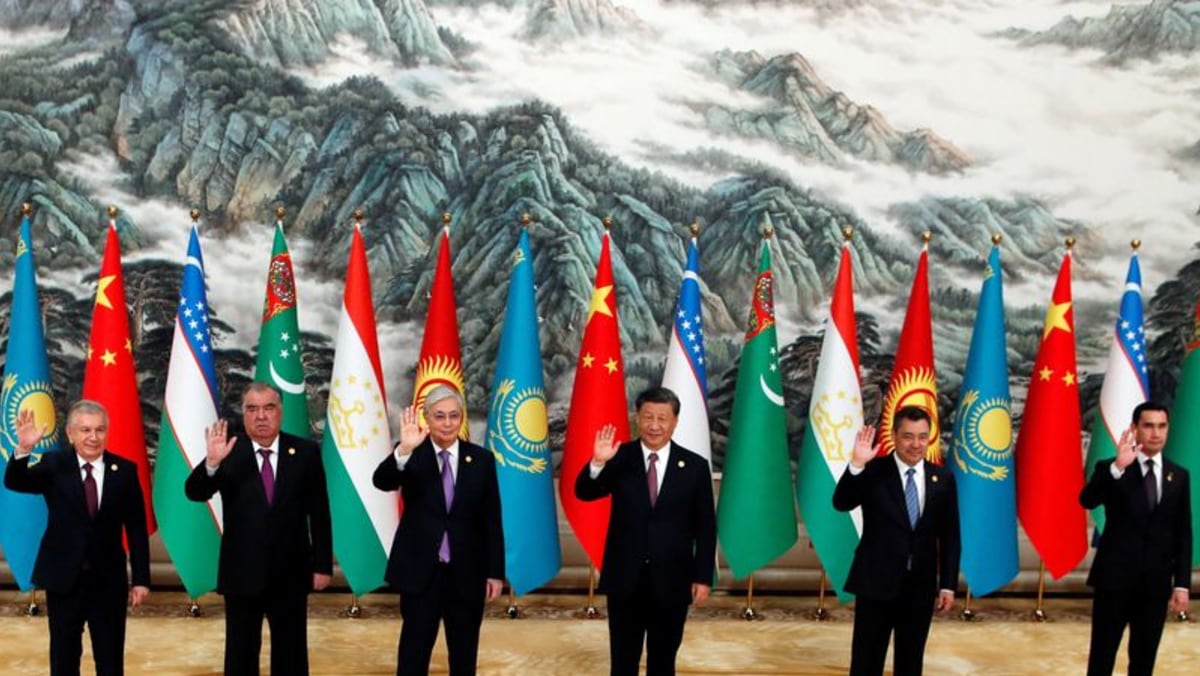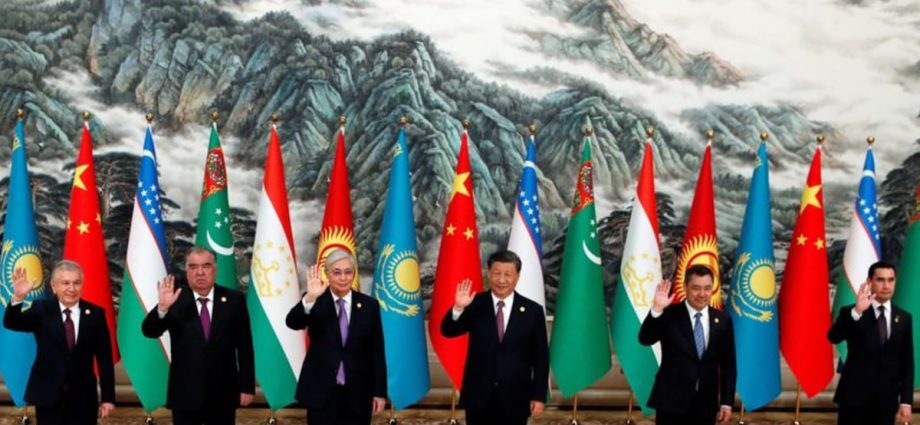
The countries at the summit recommitted to a China-Kyrgyzstan-Uzbekistan railway, to highways from China to Kyrgyzstan, Tajikistan and Uzbekistan, and to transport infrastructure for trans-Caspian trade routes using seaports in Kazakhstan and in Turkmenistan.
This focus on transport infrastructure in, and importantly across, central Asia highlights how important the region is for China’s attempts to diversify its trade routes to Europe away from Russia.
It also means that China, for now, will continue to use infrastructure development and trade to recruit more partners for its alternative international order.
The Russian “northern corridor” is now largely closed as a result of Ukraine war-related sanctions. So the route often referred to as the middle corridor has regained importance not only for China but also, crucially, for the G7 countries.
However, the middle corridor, which begins in Turkey and continues via Georgia and through central Asia, would be risky for China as a sole alternative. Its capacity is low (currently only about 5 per cent of the northern corridor) because goods have to cross multiple borders and switch several times between road, rail and sea.
AFGHANISTAN’S ROLE
Another alternative – with similar geopolitical significance – is transporting through Afghanistan to the Arabian Sea via the Pakistani port of Gwadar. In the long term, a trans-Afghan route is in the interest of both China and Central Asia.
It would contribute to (but also depend on) stability and security in Afghanistan. And it would reduce China’s exposure to the risks associated with the existing route along the China-Pakistan economic corridor, especially those arising from the ongoing Taliban insurgency in Pakistan.

